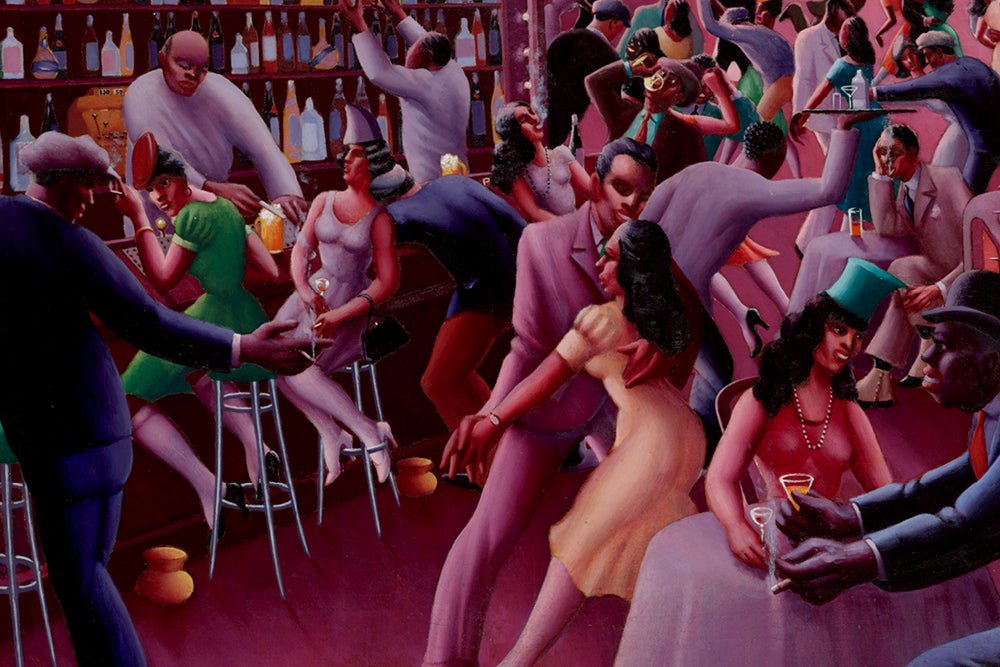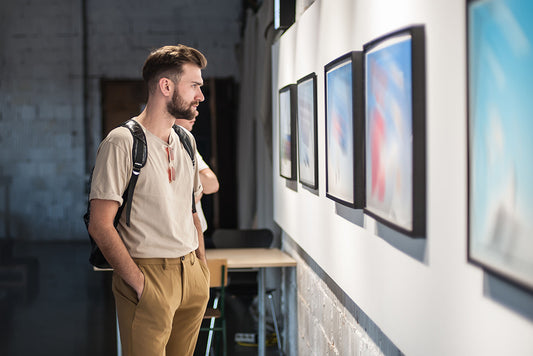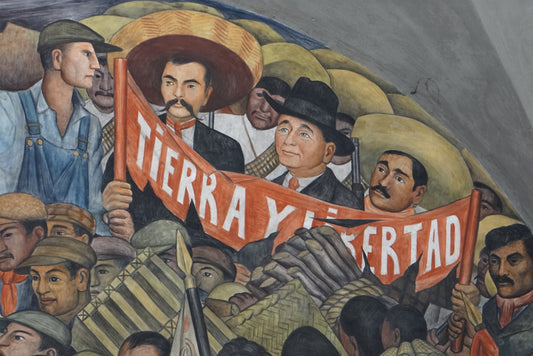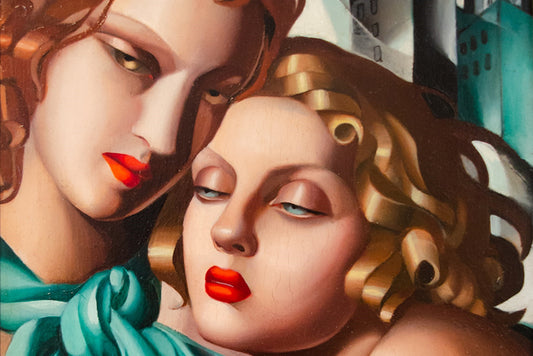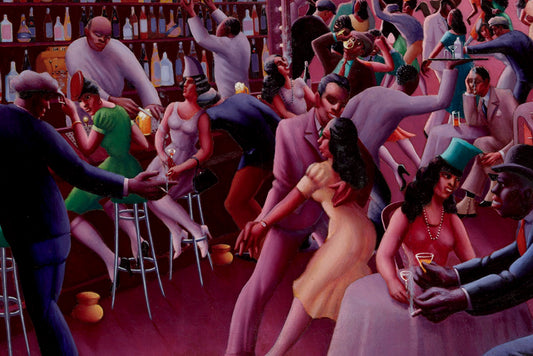Illuminating Shadows: The Profound Influence of Black Artists Throughout Art History
Art is a universal dialogue, a profound communication that transcends time and space. Yet, within the grand conversation of artistic expression, some voices have been historically suppressed or marginalized. This article is dedicated to casting light on the Black artists who, through the face of societal adversity, have significantly influenced key artistic movements. We will explore the lives and works of these artists, from Joshua Johnson to Jean-Michel Basquiat, underscoring their invaluable contributions and advocating for their rightful recognition today.
Early Portraiture: Joshua Johnson (c.1763–c.1824)
Starting our journey in the late 18th century, we find Joshua Johnson, a self-taught portrait artist and one of the earliest professional African American artists. His work, such as "Charles Herman Stricker Wilmans," demonstrated an uncanny ability to capture the dignity and personality of his subjects, breaking racial barriers of the period. Johnson's legacy is a testament to resilience, perseverance, and undeniable talent in a time of considerable social constraint.
American Realism: Henry Ossawa Tanner (1859-1937)
Fast forward to the late 19th century, and we encounter Henry Ossawa Tanner, the first African-American artist to gain international acclaim. His works, like "The Banjo Lesson," offered intimate depictions of African-American life that defied prevailing stereotypes. Tanner's ability to infuse simple scenes with a profound spiritual essence set a new standard in American Realism, forever influencing its course.
Folk Art & Primitivism: Horace Pippin (1888-1946)
Horace Pippin, a self-taught painter, emerged as a significant figure in the Primitivism movement. His works, like "John Brown Going to His Hanging," used raw and straightforward narratives to bring forward themes of war, slavery, and racial injustice. Pippin's unadulterated style speaks volumes about the power of authentic expression, underscoring that formal training is not the sole pathway to impactful art.
Harlem Renaissance: Archibald Motley (1891-1981)
Archibald Motley, an influential figure in the Harlem Renaissance, captured the vivacity and rhythm of African-American urban life like no other. Works like "Blues" brought the cultural dynamism of the Jazz Age to life. His celebration of Black communities shifted perceptions and added a new layer of energy to the Harlem Renaissance.
Cubism & Collage: Romare Bearden (1911-1988)
Romare Bearden played a transformative role in the American art scene, reshaping Cubism with his innovative use of collage. Works such as "The Block" combined various materials to depict the rich tapestry of African-American culture. His vibrant narratives and socio-political commentaries continue to shape contemporary art, proving his enduring influence.
Photojournalism: Gordon Parks (1912-2006)
Gordon Parks, a pioneer in photojournalism, used his camera to challenge racial injustice and poverty. His profound photos, like "American Gothic, Washington, D.C," became iconic symbols of the Civil Rights era. Parks' work laid the groundwork for future generations, reinforcing the role of art as a force for social change.
Feminist Art & Story Quilts: Faith Ringgold (1930-present)
Faith Ringgold has revolutionized the discourse around gender and race with her vibrant, narrative quilts. Pieces such as "Tar Beach" fuse personal memories with larger political issues, offering visually rich and emotionally evocative commentaries on racial and gender inequality. Her innovative blend of craft and narrative is a powerful reminder of art's capacity for social commentary and empowerment.
Neo-Expressionism & Primitivism: Jean-Michel Basquiat (1960-1988)
Finally, we reach Jean-Michel Basquiat, who made a meteoric rise from graffiti artist to an avant-garde star. His neo-expressionist work, such as "Untitled (Skull)," confronted themes of colonialism, capitalism, and racial inequality, redefining the contemporary art scene of the 1980s.
These Black artists, across different eras and movements, have made invaluable contributions to art, reshaping the boundaries of artistic expression. Their work not only showcases their individual talent but also gives voice to the broader Black experience throughout history. By recognizing and celebrating these artists, we add layers of depth and diversity to our understanding of art history. Their stories inspire us all to strive for a world where every artist, irrespective of their race or background, is recognized and revered for their unique contribution to the realm of art. As we step forward, their enduring legacy guides us towards a more inclusive, comprehensive, and truthful artistic narrative.

